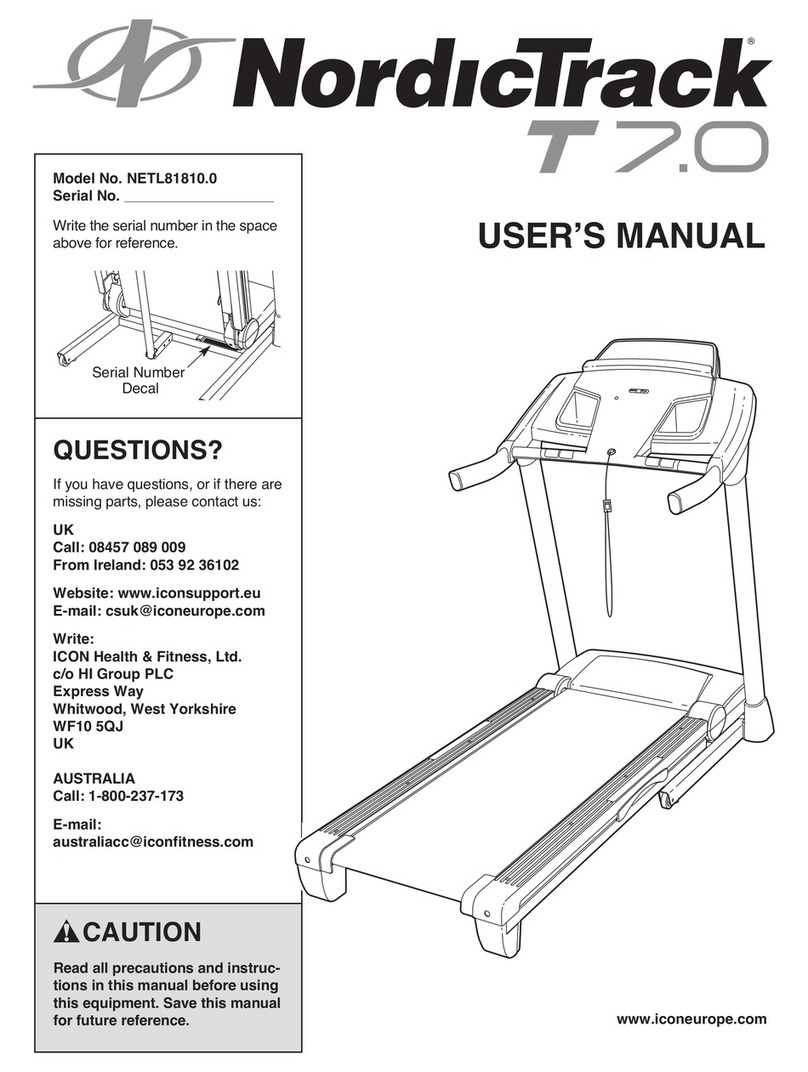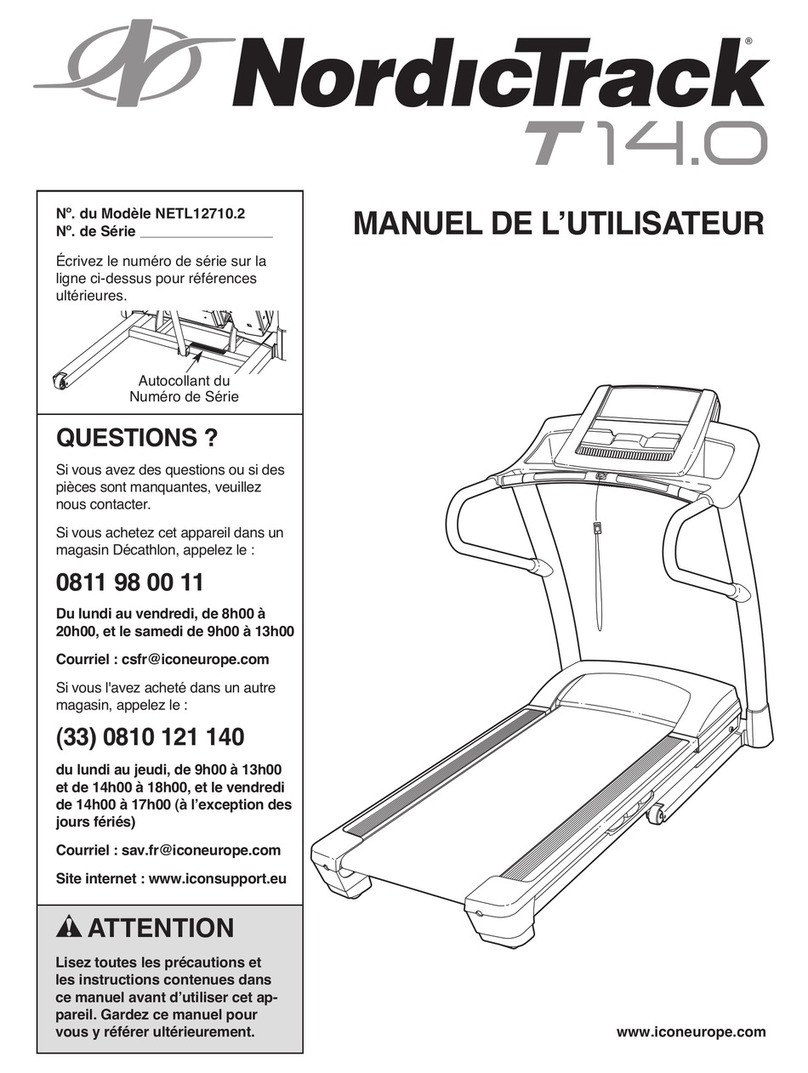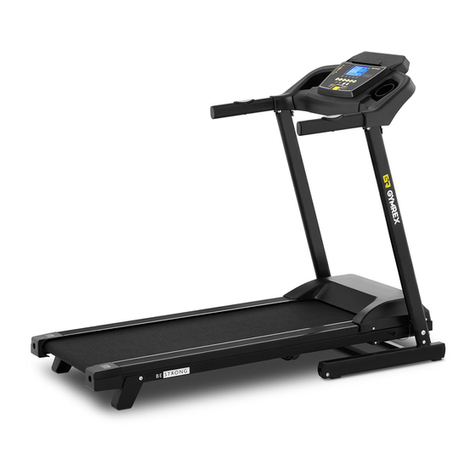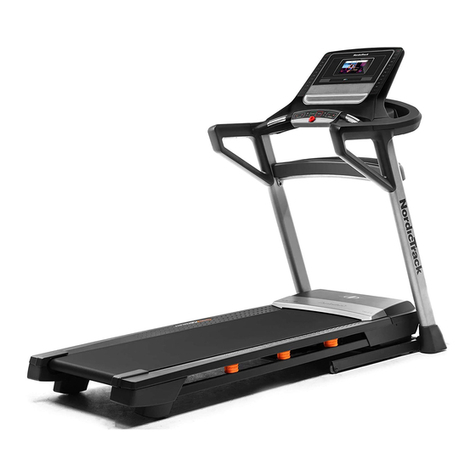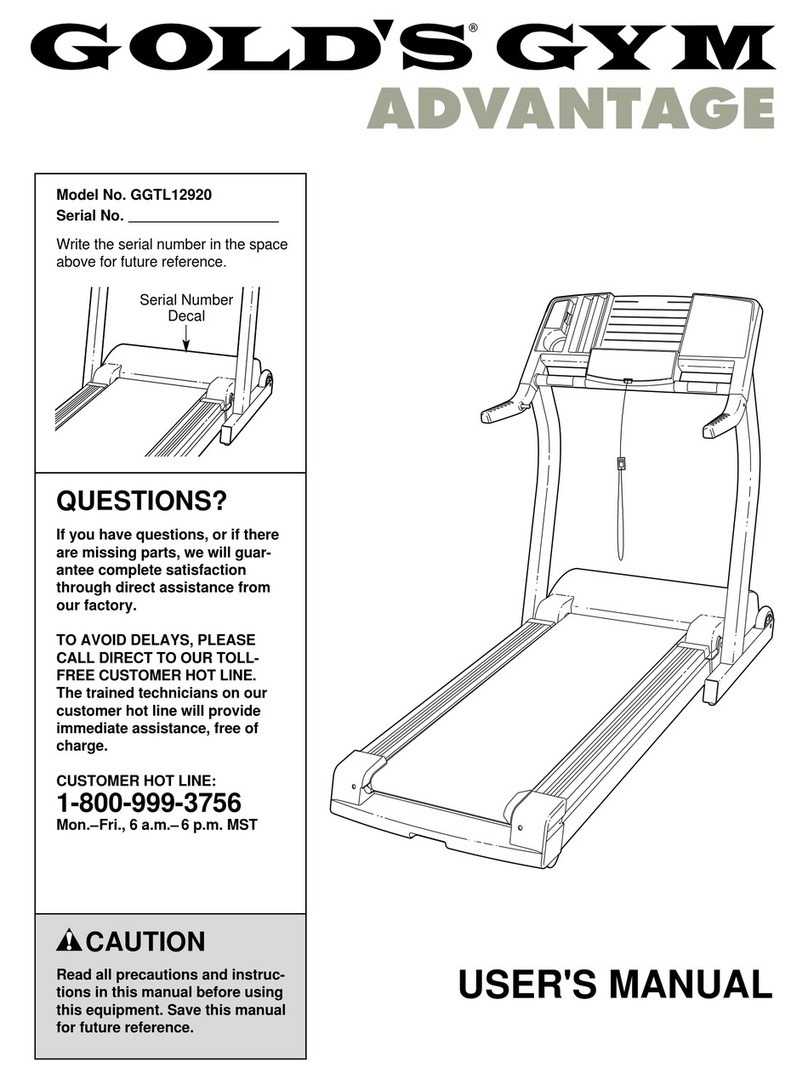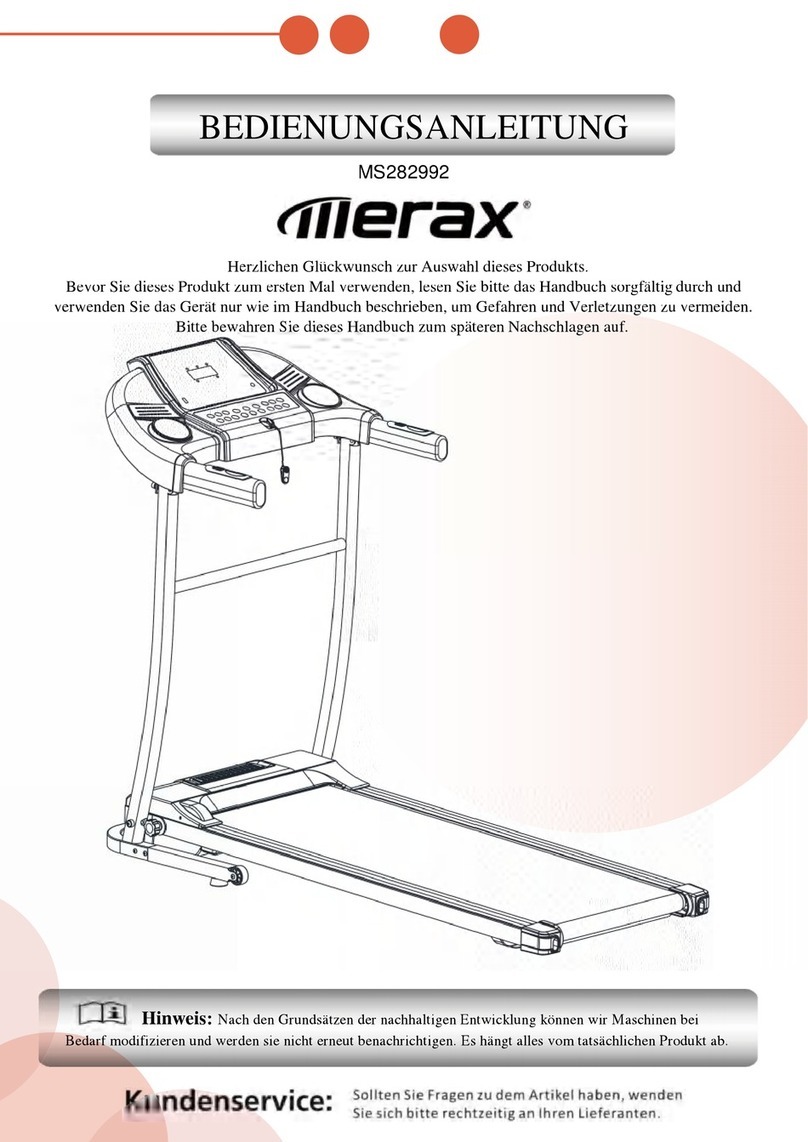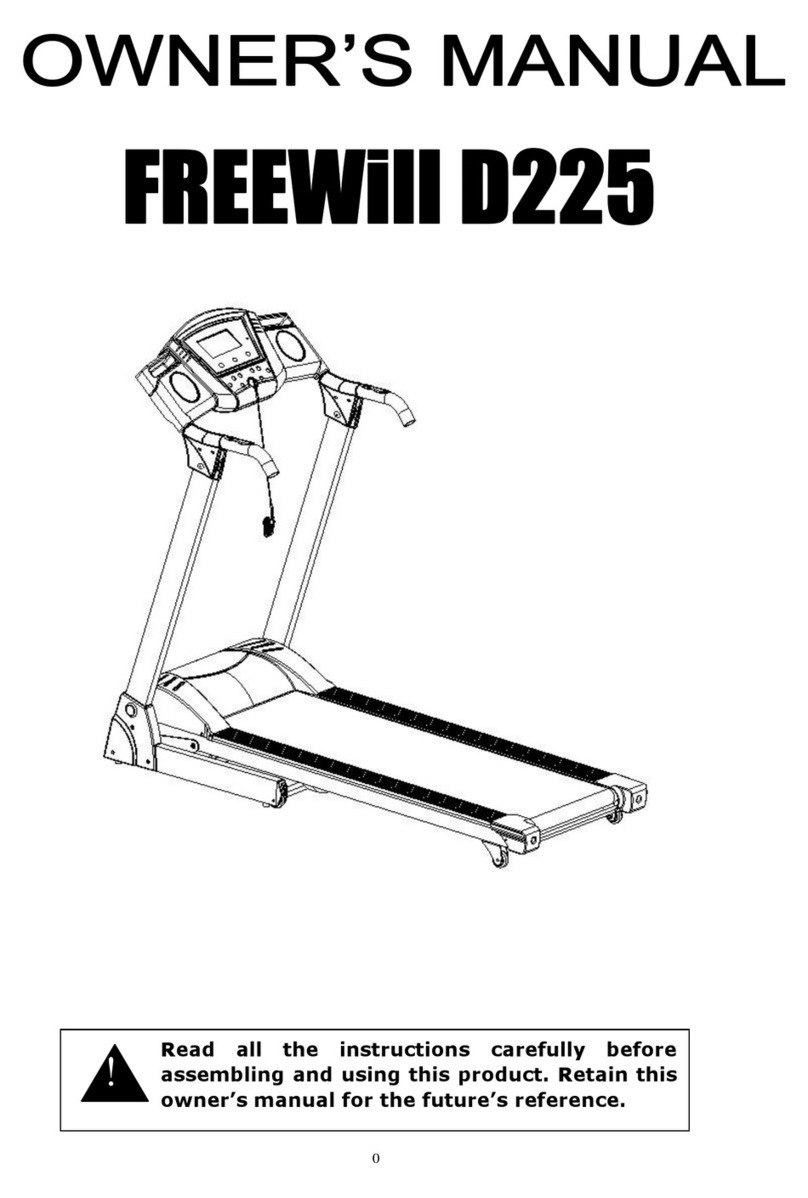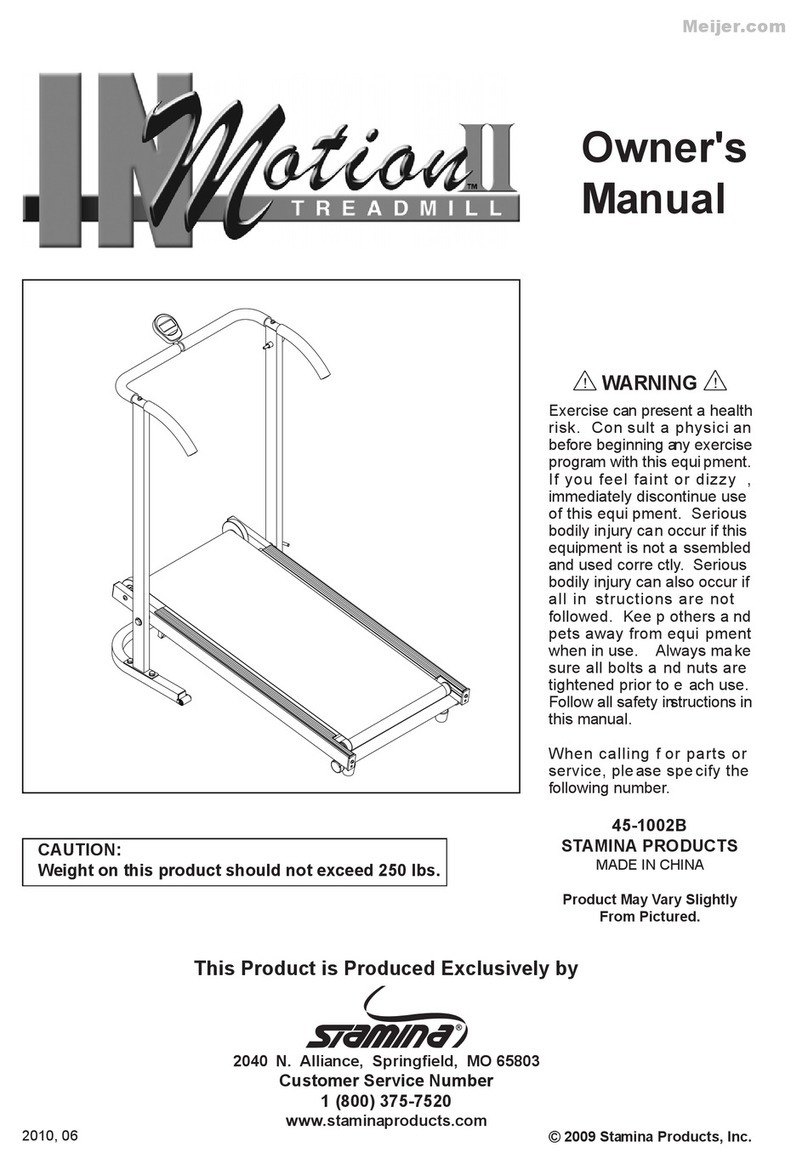Version 1.10 Page 4 of 203
4.3.1.10 Analysis Notes.......................................................................................................98
4.3.1.11 Signature...............................................................................................................98
4.3.1.12 Parameters............................................................................................................98
4.3.1.13 Using Markers.......................................................................................................99
4.3.2 Compare.....................................................................................................................100
4.3.2.1 Print, Analysis, Notes, Signature.........................................................................101
4.3.3 History........................................................................................................................102
4.3.4 Export.........................................................................................................................104
4.4 Utility .................................................................................................................................105
4.4.1 Basic Settings .............................................................................................................105
4.4.1.1 General ...............................................................................................................105
4.4.1.2 Jump Test Configuration.....................................................................................105
4.4.1.3 Reaction Test Configuration ...............................................................................106
4.4.1.4 Video...................................................................................................................106
4.4.1.5 Sprint/Gait Test Configuration ...........................................................................108
4.4.1.6 Screen .................................................................................................................109
4.4.1.7 News & Events ....................................................................................................109
4.4.2 OptoJump (only for non-Next Hardware)..................................................................110
4.4.3 OptoJump HW Test ....................................................................................................111
4.4.4 Database ....................................................................................................................112
4.4.4.1 Current Database................................................................................................113
4.4.4.2 New.....................................................................................................................113
4.4.4.3 Select...................................................................................................................114
4.4.4.4 Clear....................................................................................................................114
4.4.4.5 Import Previous ..................................................................................................114
4.4.4.6 Export..................................................................................................................114
4.4.4.7 Import .................................................................................................................115
4.4.5 Devices .......................................................................................................................118
4.4.5.1 Witty Timer and Photocells ................................................................................118
4.4.6 Heart-Rate Monitor....................................................................................................120
4.4.6.1 Installation and Setup.........................................................................................120
4.4.6.2 SportZone Setup .................................................................................................123

